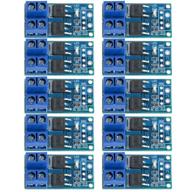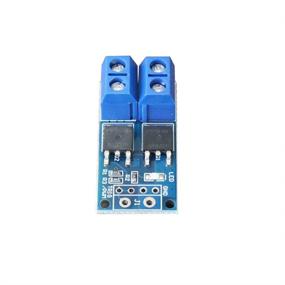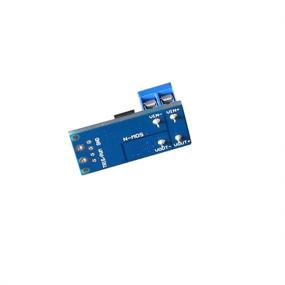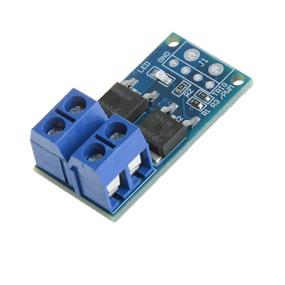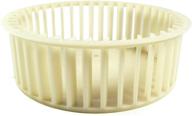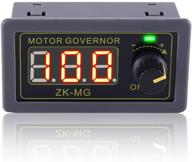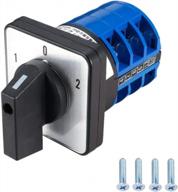Description of 💡 Advanced Transistor Driver Controller for High Power Electronics
Operating Voltage: DC DC 5V--36V; continuous current 15A at normal temperature; power: 400W; The maximum current can reach 30A under auxiliary cooling conditions. Trigger signal source: digital high and low level (DC3.3V--20V), can be connected to single-chip IO port, PLC interface, DC power supply, etc. can be connected to PWM signal, signal frequency 0--20KHZ support. Adopt imported dual MOS parallel active output, lower internal resistance, large current, strong power, 15A, 400W at room temperature, meeting the needs of most equipment. Application: The output can control high-power equipment, motor, bulb, LED strip, DC motor, micro pump, solenoid valve, etc. It can input PWM, control motor speed, lamp brightness, etc. Wide voltage, support PWM;Easily control high-power devices;Service life: unlimited switch; working temperature: -40-85 ¡ã C; size: 1.34x0.7x0.5inch/3.4 x 1.7 x1.2cm(L*W*H).
